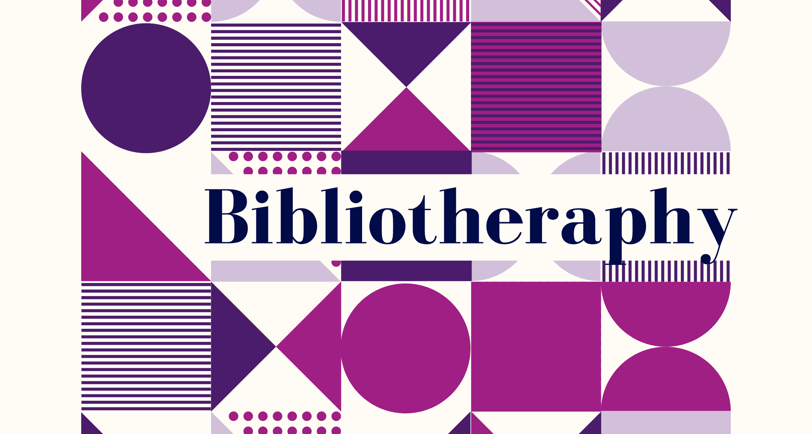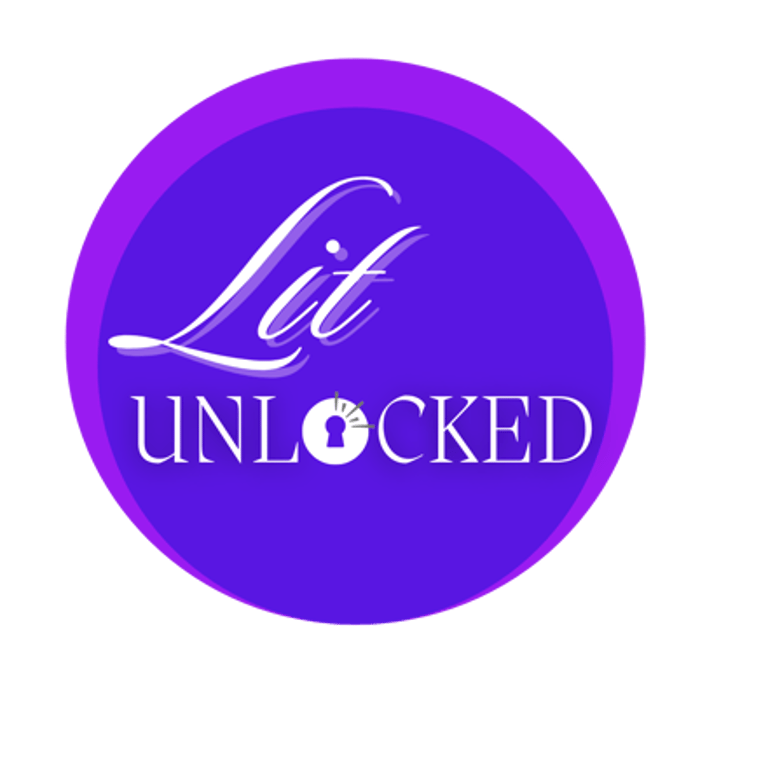You’ve just completed your annual check-up during which you confessed that, lately, you’ve been feeling a bit depressed. Your doctor scribbles on her notepad, then hands you a slip of paper. But instead of a prescription for Prozac, her “prescription” consists of a list of poems, novels, and short stories.
In fact, bibliotherapy—the use of literature to help navigate life challenges—emerged as an alternative treatment for wounded soldiers during World War I. The term was coined in 1916 by American essayist Samuel Crothers (1857-1927), who drew on his research of the ancient Greeks, who portrayed the library as “the house of healing for the soul.” Today, bibliotherapy is accepted as an innovative form of psychotherapy. Endorsed by advocates of narrative medicine such as the Healing Story Alliance, a special interest group of the National Storytelling Network, it has been promoted as a cure for depression and for various physical and emotional problems.
In their handbook Biblio/Poetry Therapy: The Interactive Process, renowned psychotherapists Arleen Hynes and Mary Hynes-Berry discuss the healing power of literature:
Write your text here...The recognition that literature can be a healing tool is as old as Aristotle’s discussion of catharsis. In bibliotherapy an individual reads or listens to a work of literature specifically for its therapeutic value . . . . to promote greater self-knowledge, to renew the spirit, and, in general, to aid in the healing process.
In her memoir A House of My Own, Sandra Cisneros responds to an irate reader who demands that The House on Mango Street be removed from her school library. After pointing out that the reader’s objections stem primarily from “cultural misinterpretation,” she concludes with her personal manifesto on the purpose and power of books:
I believe books are medicine. A library is a medicine cabinet. What can heal one person may not work at all for somebody else. You know when something is healing you, just as you know when something isn’t. And if my book . . . doesn’t serve you, you’re not required to keep reading. But please allow it to remain on the library shelf for someone else who needs its particular medicine.
One of the most successful examples of bibliotherapy is the “prescription” of Ernest J. Gaines’s award-winning novel A Lesson Before Dying, which enjoys a global audience and has been translated into more than thirty languages, for people—primarily Black men—confined to prisons and juvenile detention centers.
But bibliotherapy can also be painful, as Pulitzer prize-winning author Viet Thanh Nguyen points out in his New York Times essay, “My Young Mind was Disturbed by a Book. It Changed My Life.”
Ultimately, however, as Rick Rubin points out in The Creative Act: A Way of Being: “Art creates a profound connection between the artist and the audience. Through that connection, both can heal.”


